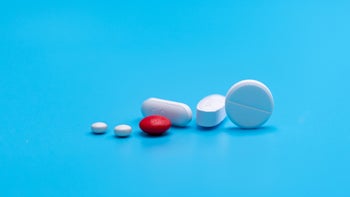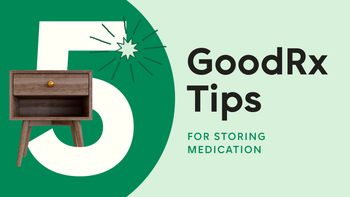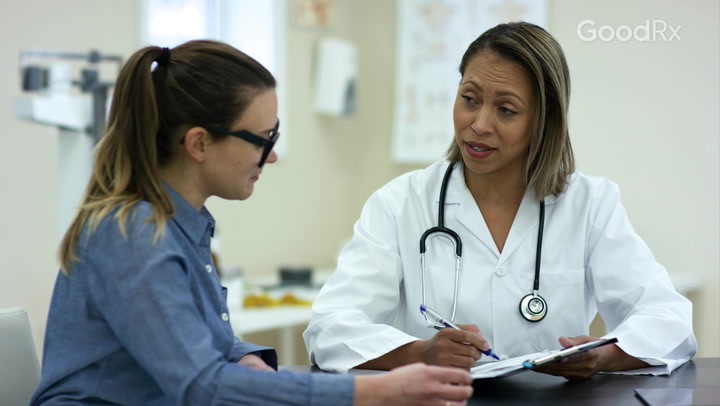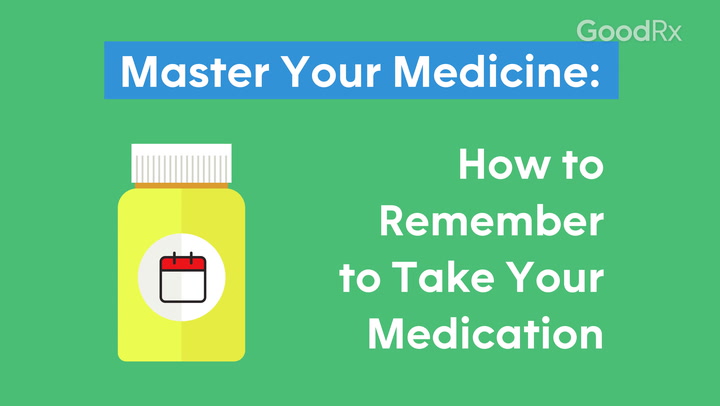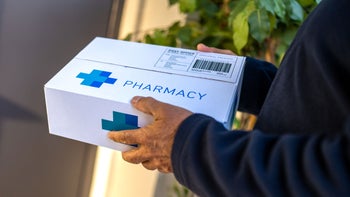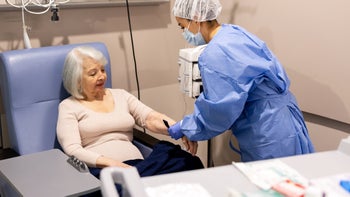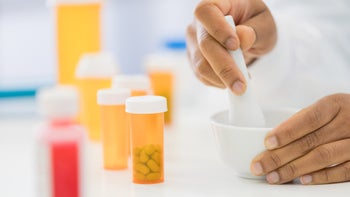
How Are Drugs Named? A Deep Dive on Drug Nomenclature and Pronunciation
Key takeaways:
Every medication has at least three names: a chemical name, a generic name, and a brand name.
Several organizations are involved in naming medications. Pharmaceutical companies, the FDA, and the U.S. Adopted Names Council are three key examples.
Medication names have to follow many rules, and this can make them sound complex. The primary goal of these rules is to reduce medication errors while making each name unique but standardized.

How do you say that medication name? The label says omeprazole, but is it pronounced oh-mep-ra-zoli? Does it rhyme with ravioli?
Medication names are often difficult to say because they have to follow naming conventions. Here, we’ll discuss exactly how medications get their names.
Who names medications?
Three main groups are involved in naming medications. They include pharmaceutical companies, the FDA, and the U.S. Adopted Names Council (USAN). The World Health Organization (WHO), International Union of Pure and Applied Chemistry (IUPAC), and others also play roles.
However, the type of medication name makes a difference when it comes to who can name it.
How are drugs named?
Every medication has at least three names: brand, generic, and chemical. Each type of medication name has to follow established standards to be finalized.
Chemical names
The chemical name of a medication describes the exact structure of the molecule. IUPAC gives a medication its chemical name.
Since the chemical name of a medication is often long and complicated, it’s usually only used by chemists during the early stages of the medication development cycle. You’ll rarely hear a healthcare provider or pharmacist call a medication by its chemical name due to its complexity.
Referring back to the earlier example, omperazole’s chemical name is 5-methoxy-2-[[(4-methoxy-3,5-dimethyl-2-pyridinyl)methyl]sulfinyl]-1H-benzimidazole. The numbers and words refer to the position and types of atoms that make up the medication.
Generic names
After a chemical name is established, the generic name comes next. The USAN Council, the WHO’s International Nonproprietary Names (INN) expert group, and a medication’s manufacturer must agree on a generic name. The generic name selection process typically occurs in early phases of clinical trials.
A generic name has a few defining elements, such as a common stem. Stems help describe how medications work and what they contain.
For example, omeprazole belongs to a class of medications called proton pump inhibitors (PPIs). Other PPIs include medications like lansoprazole and pantoprazole. The -prazole is a common stem that identifies this class of medications.
Another example is atenolol and metoprolol. These drugs share the -olol stem and belong to a class of medications known as beta blockers.
Prefixes can also play a role. Common prefixes are levo-, es-, and dex-. These prefixes clarify minor differences in a medication’s structure. One example is citalopram (Celexa) versus escitalopram (Lexapro). These antidepressant medications work similarly, but they have a slightly different chemical formula.
Generic names have to meet many criteria, including the USAN’s naming guidelines. While there are many rules in these guidelines, one criteria is that a generic medication name must be useful to healthcare providers. The generic name must also be short, simple, and easy to pronounce. And generic names shouldn’t be too similar to a brand (proprietary) name or another generic name.
Brand names
A medication’s brand name is decided after chemical and generic names are established. Pharmaceutical companies come up with brand names and submit them to the FDA after a detailed selection process. The FDA must approve a brand name before a medication is marketed and seen in commercials.
Compared to other medication names, some creativity is allowed for brand names. The brand name is meant to be memorable and useful. Following the example from above, omeprazole’s brand name is Prilosec.
However, brand names still need to adhere to certain rules. For example, a brand name should be pronounceable. The brand name also shouldn’t be too similar to another brand or generic medication name. And brand names can’t include words or phrases that exaggerate their benefits or safety. They shouldn’t include their generic name’s stem, either.
Biologics and biosimilars
Biologics are medications that are more complex than your average pill. They’re made from natural and living sources, such as cells, proteins, or bacteria. They can manage hard-to-treat health conditions, but their price tag can be high.
This is where biosimilars can help. They’re a subtype of biologics that have no meaningful differences in safety or effectiveness compared to their reference (original) biologic. But they’re usually more affordable. They’re like a generic version of a brand-name product.
Every biologic and biosimilar has a non-proprietary (“generic”) and proprietary (“brand”) name. Similar to other medications, non-proprietary names also incorporate common stems. For example, biologics like trastuzumab and rituximab share the -mab stem. This stem means these medications are both monoclonal antibodies. Other common stems for biologics include -stim, -poetin, and -cel.
Suffixes are also growing in importance. All biosimilars, and some reference biologics, have suffixes. These suffixes are placed at the end of a non-proprietary name to help distinguish a reference biologic from its biosimilar(s). Suffixes themselves are designed to be devoid of meaning and contain three or more distinct letters.
Examples of biologic and biosimilar names
Avastin (bevacizumab) is a biologic medication that treats different types of cancer. Several Avastin biosimilars are also available, including Mvasi (bevacizumab-awwb).
Avastin and Mvasi share the -mab stem; this indicates they’re both monoclonal antibody medications. However, they have a different ending. Mvasi has a four-letter suffix (bevacizumab-awwb), but Avastin doesn’t (bevacizumab). This suffix helps distinguish between the two products.
Why are drug names often so hard to pronounce?
Medication naming standards are the main reason why drug names are hard to pronounce. Although these standards help prevent confusion, duplication, and risks like medication errors, they can produce some tongue-twisting results.
But while it may not seem like it, the organizations responsible for naming medications try their best to keep pronunciations as simple as possible. For example, they prefer to keep drug names fewer than four syllables. They also try to keep the name practical for both healthcare professionals and patients, and they try to avoid misleading names.
Another reason for the challenging names is that we already have a lot of medications, and more are approved every year. To avoid duplicate names, more letters and syllables can find their way into a name to make it unique. We’re also expecting to see more hard-to-pronounce biologics and biosimilars approved over the next decade.
The bottom line
Medications have chemical, generic, and brand names. These names are selected with input from pharmaceutical companies and organizations like the FDA and USAN Council.
While medication names may be hard to pronounce, these organizations’ naming standards aim to keep them as simple as possible. Ultimately, the reason so much work goes into a medication name is to minimize medication errors and ensure your safety.
References
American Medical Association. (n.d.). Procedure for USAN name selection.
American Medical Association. (n.d.). United States adopted names naming guidelines.
American Medical Association. (2022). USAN council.
Globus, N. J. (2020). Alphabet soup: The story behind biosimilar nonproprietary name suffixes. American Journal of Managed Care.
International Union of Pure and Applied Chemistry. (n.d.). Nomenclature.
National Center for Biotechnology Information. (2023). PubChem patent summary for US-6384059-B1, crystalline form of omeprazole.
U.S. Food and Drug Administration. (2017). Nonproprietary naming of biological products guidance for industry.
U.S. Food and Drug Administration. (2019). Working to reduce medication errors.
U.S. Food and Drug Administration. (2020). Best practices in developing proprietary names for human prescription drug products guidance for industry.
World Health Organization. (2017). Guidance on the use of international nonproprietary names (INNs) for pharmaceutical substances.




